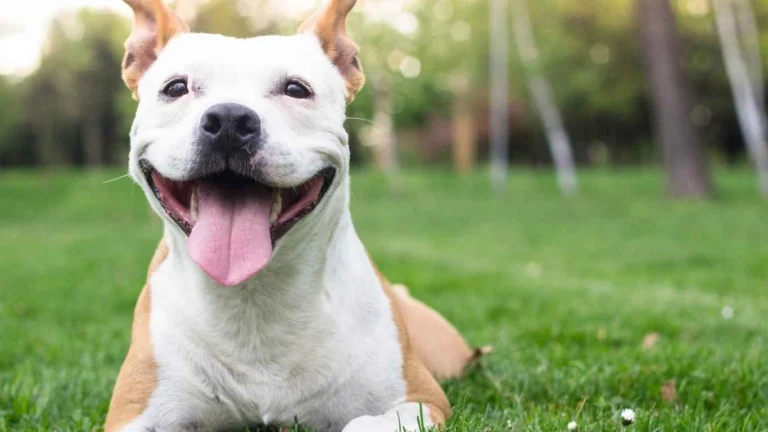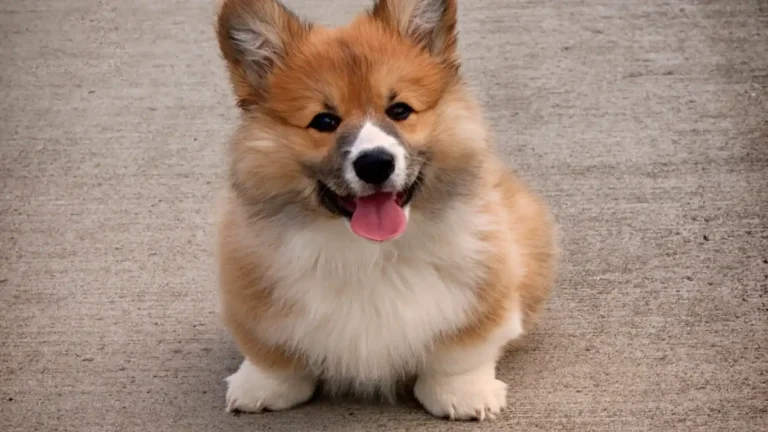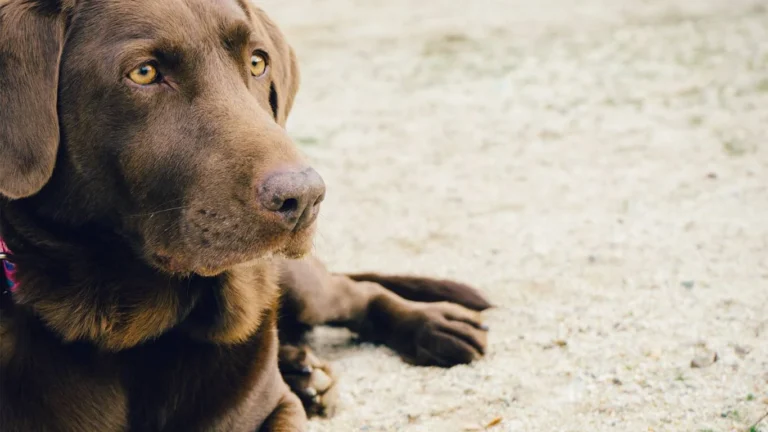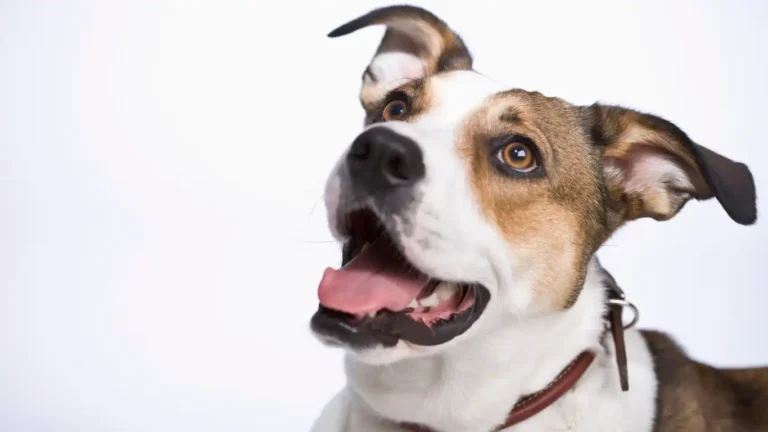Best Ways to Keep Your Dog’s Nails Short Without Clipping: Top Natural Tips
As a Veterinary Technician specializing in nutrition, I’ve seen firsthand how difficult it can be to keep a dog’s nails properly maintained, especially for pet owners who are wary of clipping them. It’s a common concern—how do you keep your dog’s nails short without having to rely on the clippers every few weeks? While many pet owners dread the process, there are plenty of methods that can help keep your dog’s nails in check naturally. In fact, some dogs may even prefer these non-invasive options! So, if you’re looking for the best ways to keep a dog’s nails short without clipping, you’ve come to the right place. Let’s dive into the most effective, stress-free alternatives that will save you from constantly grabbing the nail clippers.
Natural Ways to Keep Your Dog’s Nails Short
Most pet owners know that nails need to be regularly trimmed to avoid painful overgrowth, but not everyone is comfortable with the process. Fortunately, there are several natural ways to help your dog keep their nails short, reducing the need for frequent clipping. These methods can also be helpful for dogs that experience anxiety around grooming or for those who simply don’t tolerate clippers well. Here are some simple and practical techniques to keep those nails looking neat without using a pair of clippers.

1. Regular Walks on Hard Surfaces
One of the most effective ways to naturally wear down your dog’s nails is by taking them on regular walks on hard surfaces. Concrete, asphalt, and even gravel are great for helping to keep nails trimmed down over time. When your dog walks on these surfaces, the friction helps wear down the tips of their nails, preventing them from growing too long. It’s a win-win: your dog gets exercise, and you get shorter nails!
From personal experience, I can tell you that my dog absolutely loves going for walks, and it’s something I don’t have to struggle with. Walking your dog on pavement or rough terrain will provide a natural grooming experience that doesn’t require any stress on your part or your dog’s.
If your dog isn’t quite used to walking on hard surfaces, start with short walks and gradually increase the time as they get accustomed to the feeling of their nails being naturally filed down. It’s always a good idea to keep an eye on their paws during and after walks to ensure no damage occurs.
2. Use a Nail Grinder
If you’re looking for a more controlled method, you might want to consider using a nail grinder. These handy tools are designed to gently wear down your dog’s nails without the need for traditional clipping. Nail grinders, like Dremel tools, can be much less stressful for some dogs compared to the traditional scissor-type clippers, especially if your dog tends to get anxious or squirmy when they see the clippers coming out.
I’ve found that nail grinders are an excellent alternative to clipping because they allow you to gradually grind down the nail, which can reduce the chances of cutting the quick (the sensitive part of the nail). It’s a less invasive way to manage your dog’s nails while still keeping them at a comfortable length.
Keep in mind, it’s essential to use a nail grinder slowly and gently. Overzealous grinding can be uncomfortable for your dog, so take your time and keep their experience positive. Always reward your dog with treats or praise after a successful grinding session!
3. Provide Appropriate Chew Toys
Another easy, natural way to help keep your dog’s nails trimmed is by giving them appropriate chew toys. Chewing is a natural behavior for dogs, and it helps them wear down their nails over time. Hard rubber toys, rawhide, or even natural chews like bones can help maintain their nails by keeping them busy while also providing dental benefits. Plus, it’s an excellent way to reduce your dog’s anxiety, keeping them engaged and entertained!
From my experience, the key is selecting chew toys that are durable enough to withstand a dog’s chewing habits. When they chew on these toys, the pressure from biting and gnawing helps gently file down their nails. A well-chosen toy can serve multiple purposes, reducing the need for constant nail trimming.
Why Natural Methods Work Best for Your Dog
Natural methods, such as using hard surfaces for walking or providing appropriate chew toys, are beneficial not just for nail care, but for your dog’s overall well-being. These approaches allow your dog to maintain healthy habits while also preventing unnecessary stress or discomfort. Nail trimming can often be a source of anxiety for both pets and their owners, so integrating natural alternatives into your dog’s routine can reduce the need for clippers altogether.

As I mentioned earlier, I work with dogs on a daily basis, and one thing I’ve learned is that not all dogs are the same. Some will happily accept regular nail trims, while others will resist every step of the way. For dogs that are particularly anxious or fearful of clippers, natural alternatives are often the best way to ensure their nails stay healthy and short. The key is consistency and choosing methods that suit your dog’s personality.
4. Regular Paw Inspections and Maintenance
Another important part of nail care is regular paw inspections. Getting into the habit of inspecting your dog’s paws on a weekly basis can help you spot any signs of overgrown nails, injuries, or infections before they become an issue. Keeping your dog’s paws clean and healthy is just as important as maintaining their nails, and it can save you trips to the vet in the long run.
During these inspections, check for any signs of damage or abnormal growth. If your dog’s nails are growing too quickly, or if you notice any discomfort or changes in their walking patterns, it might be time to consider a professional trim. However, regular maintenance can help reduce the frequency of these visits.
Additional Tips for Keeping Your Dog’s Nails Short
- Stay patient: It might take some time for your dog to get used to these natural grooming methods, but don’t give up! Consistency is key.
- Use rewards: Positive reinforcement, like treats and praise, can encourage your dog to cooperate during any grooming process, whether it’s walking on hard surfaces or using a nail grinder.
- Consult with your vet: If you’re unsure about the best way to maintain your dog’s nails, always consult with your vet for personalized advice tailored to your dog’s breed and needs.

By incorporating these tips into your dog’s routine, you can help keep their nails short and healthy without needing to reach for the clippers every time. Natural methods, along with a little patience and consistency, can make all the difference in maintaining your dog’s well-being. Stay tuned for more tips in the next section of this guide!
More Effective Techniques to Keep Your Dog’s Nails Short
Continuing from the previous methods we explored, let’s dive deeper into more effective techniques that will help you keep your dog’s nails trimmed and neat without the stress of using clippers. I’ve worked with many dogs, and let me tell you, there’s no one-size-fits-all solution when it comes to nail care. Different dogs respond to different techniques, so it’s essential to find the approach that works best for both you and your pet. Whether your dog enjoys physical activity or simply lounging around, there’s something in here for everyone!

5. Hiking and Rough Terrain Walks
If your dog is a fan of outdoor adventures, you may want to try hiking or taking them on walks across rough, uneven terrains. Trails, dirt paths, or even hiking through the woods can provide the perfect opportunity for your dog’s nails to naturally wear down. The variation in terrain creates different pressures on their paws and nails, helping to reduce their length while providing great physical exercise.
In my experience, hiking has been incredibly beneficial for dogs who seem to get their energy out on walks but still struggle with nail maintenance. Hiking can be a great way to work up their muscles and at the same time, the rough surfaces help file down those nails without you having to do a thing. I’ve noticed that dogs who get regular hikes tend to need fewer nail trims overall, as the natural friction from the ground plays a major role in keeping their nails in check.
6. Regularly Checking and Cleaning Paws
Maintaining clean paws is another simple yet effective method of keeping your dog’s nails in good shape. Regular paw inspections don’t just help you keep an eye on their nails, but they also ensure that their paws are free from dirt, debris, and any possible infections. The less dirt and grime that accumulates, the more likely your dog’s nails will be naturally maintained by friction when they walk or run on hard surfaces.
Personally, I find that when I check my dog’s paws, I can spot any potential issues early. For example, if there’s a little bit of excess nail growth or if their paw pads are getting soft and worn, I can address it before it becomes a bigger problem. You don’t want to wait until a problem arises! Regular paw inspections will ensure that your dog stays comfortable and their nails don’t get too long. And don’t forget to clean in between their toes as well—sometimes debris can get stuck in there, which can also lead to nail or paw issues.
Interactive Play to Naturally Maintain Your Dog’s Nails
Keeping your dog’s nails naturally short doesn’t always require structured activities like walking or hiking. You can also use playtime as a fun and effective way to manage their nail length. Interactive play can be an excellent way to stimulate your dog mentally and physically while helping maintain their nails. Games like fetch, tug-of-war, or even playing on sandy or gravelly surfaces can all help wear down your dog’s nails in a more natural way.
Think about it—when your dog is running around playing fetch, they’re putting a lot of pressure on their paws with every jump and sprint. Over time, this repetitive motion can help naturally file down their nails. I’ve also noticed that my dog’s nails seem to stay shorter when we engage in interactive activities that get their paws moving. It’s great because they get exercise and nail care all at once!
7. Using Nail Caps as an Alternative
If your dog is very sensitive to their nails being trimmed, or if you’re looking for a non-invasive solution, nail caps might be a great alternative. These small rubber caps are designed to cover your dog’s nails, preventing further growth and protecting the furniture or flooring from being scratched. Nail caps are especially useful if you’re trying to avoid the need for clipping altogether.
Although they don’t actively trim the nails, they can prevent the nails from getting longer by simply limiting their ability to grow out. I’ve had clients use them successfully for their dogs, and it can be a helpful solution for some pets who are more delicate when it comes to grooming. The caps need to be replaced every few weeks, so it’s a temporary solution rather than a permanent fix, but it can help in situations where your dog is fearful of clippers.
Diet and Nutrition’s Role in Nail Health
Believe it or not, your dog’s diet plays a huge role in the health and maintenance of their nails. A balanced diet rich in essential nutrients can promote strong, healthy nails that are less prone to breakage and splitting. As a veterinary nutritionist, I’ve always emphasized the importance of providing dogs with a diet that supports overall well-being, including their nails and coat.
For instance, omega-3 fatty acids and biotin are two essential nutrients that support healthy nails. You’ll find these in foods like fish oil, eggs, and high-quality dog food brands that include these nutrients in their formulations. A well-balanced diet ensures that your dog’s nails remain strong and less prone to damage, which can ultimately reduce the need for regular trimming. My dog’s coat and nails are a direct reflection of the food I provide her, and keeping her on a healthy diet means fewer trips to the groomer and a more comfortable dog overall.
As a side note, if you’re ever unsure whether your dog’s diet is meeting their nutritional needs, consider talking to your vet. They can provide tailored recommendations based on your dog’s breed, age, and health history, ensuring that their nails and overall health are always supported by proper nutrition.
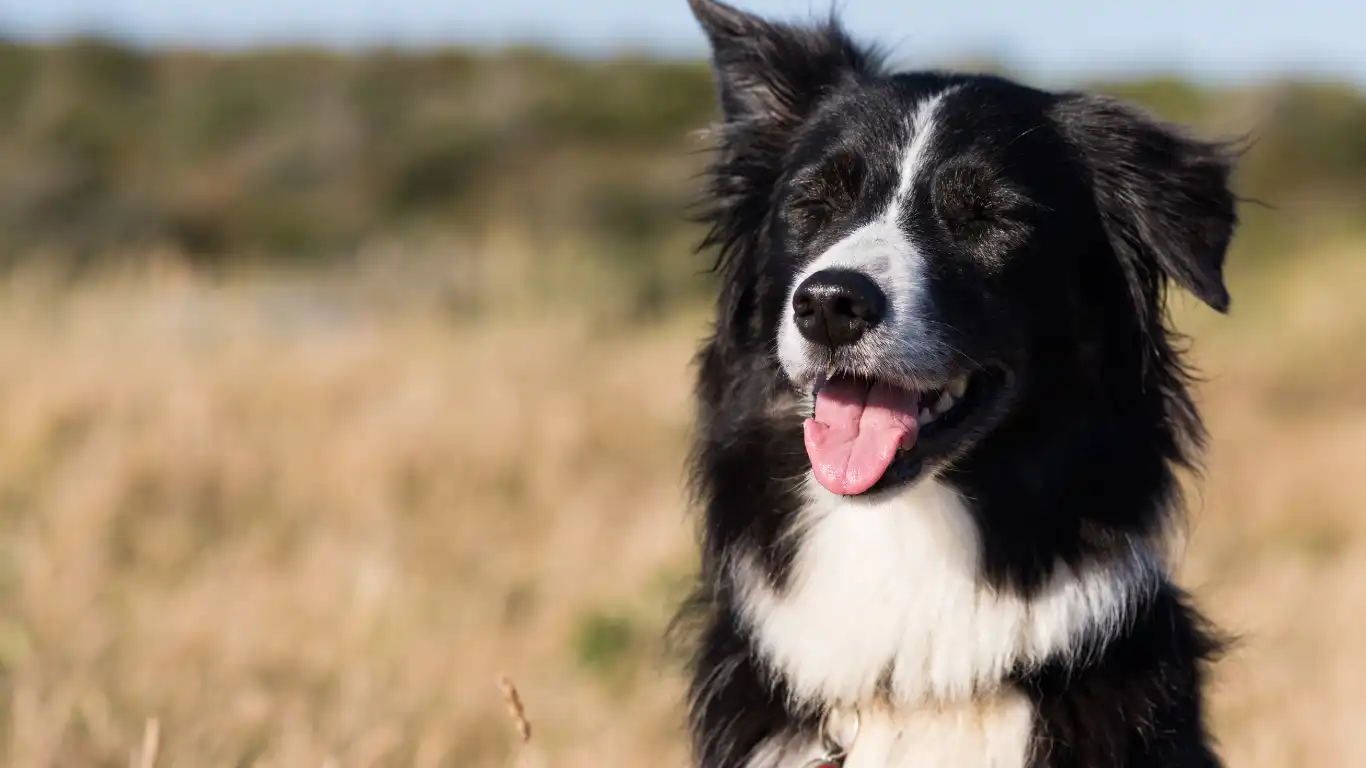
8. Professional Grooming Sessions
Even if you prefer to avoid trimming your dog’s nails yourself, it’s important to make use of professional grooming services. Professional groomers are experts at trimming nails, but many also offer alternative grooming methods that can help maintain your dog’s nails. Some groomers use a combination of natural filing, grinding, and walking techniques to keep a dog’s nails in check.
Having your dog’s nails professionally maintained can reduce the need for frequent clipping, especially for dogs that might have nail health issues or breed-specific needs. I’ve recommended professional grooming to many of my clients, and the feedback is always positive. It’s great because it takes the burden off the owner, and the groomer can assess your dog’s overall health, which includes their nails.
Using the Right Tools at Home
Finally, if you’re looking for a more hands-on approach, using the right tools at home is essential. You don’t necessarily need to clip your dog’s nails, but having the right products like nail grinders or file sets can make maintenance much easier. As a vet tech, I’ve seen many owners struggle with the wrong tools. Sometimes, the right grinder or file can make all the difference in how quickly your dog’s nails are kept in check, and in how comfortable they are during the process.
For example, if you’re using a nail grinder, make sure it’s designed specifically for dogs, as these tend to be quieter and have a more gentle touch. If you’re using a file, pick one that’s durable enough to work on tough nails. Trust me, choosing quality products really does matter!
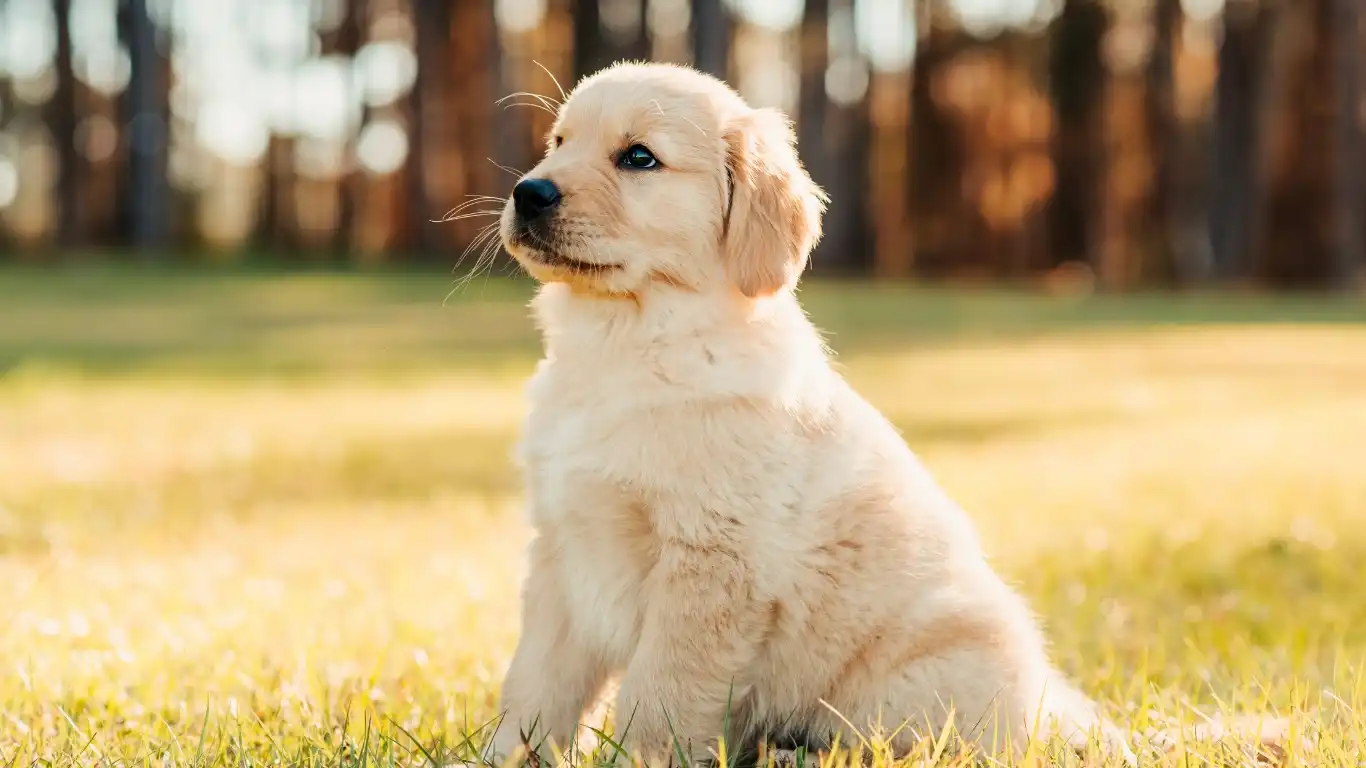
With the right combination of natural techniques, playtime, diet, and tools, you can keep your dog’s nails short and healthy without the need for frequent clippings. Each dog is different, and with a little trial and error, you’ll find the perfect method that works for both you and your pet. Keep an eye out for the next section, where we’ll explore even more advanced options for maintaining your dog’s nails!
Advanced Tips for Maintaining Your Dog’s Nails Without Clipping
We’ve covered a lot of ground in the previous sections, from natural methods like walking on hard surfaces to interactive playtime and even professional grooming. But there are still a few advanced tips and tricks that can make the process even smoother and more effective. In my years of working with dogs, I’ve learned that consistency is key, and the more options you have, the better you can tailor the approach to your dog’s personality and needs.
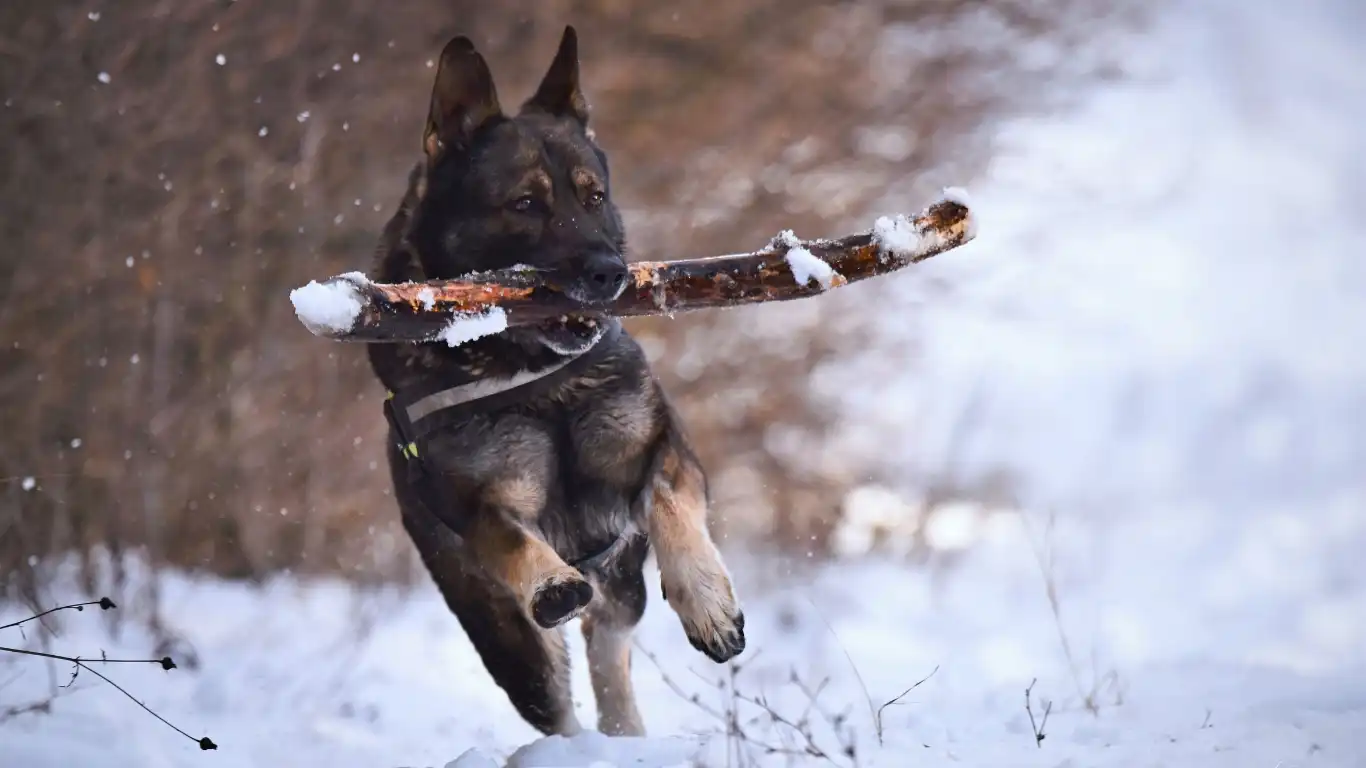
9. Creating a Routine with Paw Care
Just like with any other aspect of dog care, establishing a routine for paw maintenance is incredibly important. By making paw checks and care a regular part of your dog’s daily or weekly schedule, they’ll get used to the process, and you’ll be able to spot any issues early. Routine paw care can help reduce the need for nail clipping altogether, especially if you’re focusing on natural methods like walking on rough terrain or providing chew toys.
For instance, every time I brush my dog’s coat, I take a moment to check her paws. It’s quick, easy, and she’s used to it by now. This routine has helped me stay ahead of any nail problems, and it also helps her get comfortable with having her paws touched. It’s about building a relationship where your dog associates paw maintenance with something positive and non-threatening.
10. Professional Assistance When Needed
Even though we’ve discussed many natural methods for keeping your dog’s nails short without clipping, there are times when professional assistance may be necessary. If you’re finding it challenging to keep up with your dog’s nails despite using the methods we’ve discussed, it might be time to visit a veterinarian or a professional groomer for advice or assistance. A trained professional can assess whether your dog’s nails are growing too quickly, if there are any underlying health concerns, and how best to manage their nail care going forward.
During my time as a vet tech, I’ve seen cases where dogs develop nail issues due to health problems, such as arthritis or certain breed characteristics. Professionals can also teach you new methods and recommend tools or techniques that might be better suited for your dog’s needs. It’s always worth consulting with someone experienced if you’re feeling unsure.
Additional Tools for Nail Care
If you’re serious about maintaining your dog’s nails without clipping, investing in the right tools can make a world of difference. Over the years, I’ve found that certain tools help manage the nail care process much more effectively, whether you’re grinding nails or helping your dog maintain healthy paw habits. Here are a few options that I highly recommend:
- Nail Grinders: As mentioned in earlier sections, nail grinders are a great alternative to clippers. These tools are less invasive and allow you to gradually file down the nail without the fear of cutting the quick. I always recommend looking for grinders specifically designed for dogs, as they are quieter and more comfortable to use.
- Rotating Nail Files: These can be a more gentle option compared to clippers. Nail files work well for dogs that are sensitive or nervous about having their nails trimmed. They are often less stressful for the dog and provide a more gradual process.
- Paw Moisturizers: Keeping your dog’s paw pads and nails moisturized is key to preventing breakage. Dogs with dry paws may experience cracking nails that could cause discomfort or lead to further nail issues. Paw moisturizers are available in most pet stores and can help maintain healthy nails.
Using the right tools ensures that you can manage your dog’s nails in a way that works best for both of you. Don’t be afraid to experiment with different products to find what suits your dog’s needs the most. And remember, using high-quality tools will save you time and frustration in the long run!
Understanding the Importance of Nail Health
Maintaining healthy nails isn’t just about avoiding clipping—it’s also about ensuring that your dog’s nails remain strong, comfortable, and free of infections or injury. Long nails can cause discomfort, affect the way your dog walks, and even lead to serious health problems like arthritis or joint issues due to altered gait. As a veterinary technician, I’ve seen countless cases where improperly managed nails led to painful consequences.
Aside from regular paw checks, ensuring your dog’s diet is rich in essential vitamins and minerals plays a huge part in nail health. For example, vitamin E and biotin can promote nail strength, while omega-3 fatty acids help reduce inflammation and support overall skin and coat health. A healthy, well-rounded diet ensures that your dog’s nails—and the rest of their body—stay in tip-top shape.
If you notice any signs of abnormal nail growth, such as nails that are becoming too thick, curved, or discolored, it’s important to consult a veterinarian. Sometimes nail health can be an indicator of other underlying health conditions, such as metabolic disorders or fungal infections, so always keep an eye on their condition.

References and Further Reading
If you’re looking to dive deeper into dog nail health and grooming, here are some valuable resources you can check out:
- American Kennel Club (AKC) – Dog Care Tips and Grooming Advice
- PetMD – Expert Advice on Dog Health and Grooming
- National Institutes of Health (NIH) – Pet Health Research
- Health.com – General Pet Care and Nutrition Tips
Disclaimer
While the information shared in this article is based on my personal experience as a Veterinary Technician and my understanding of best practices in dog care, it’s important to remember that each dog is different. The methods outlined may not be suitable for all dogs, and you should always consult your veterinarian for personalized advice tailored to your dog’s breed, age, and health condition. If you are unsure about any aspect of your dog’s care or notice signs of discomfort, please seek professional assistance from a veterinarian or certified groomer.
In the end, keeping your dog’s nails short and healthy doesn’t have to be a stressful task. By implementing these techniques and adjusting them to suit your dog’s unique needs, you can ensure that your dog enjoys a comfortable, happy, and pain-free life. Happy paw care!
